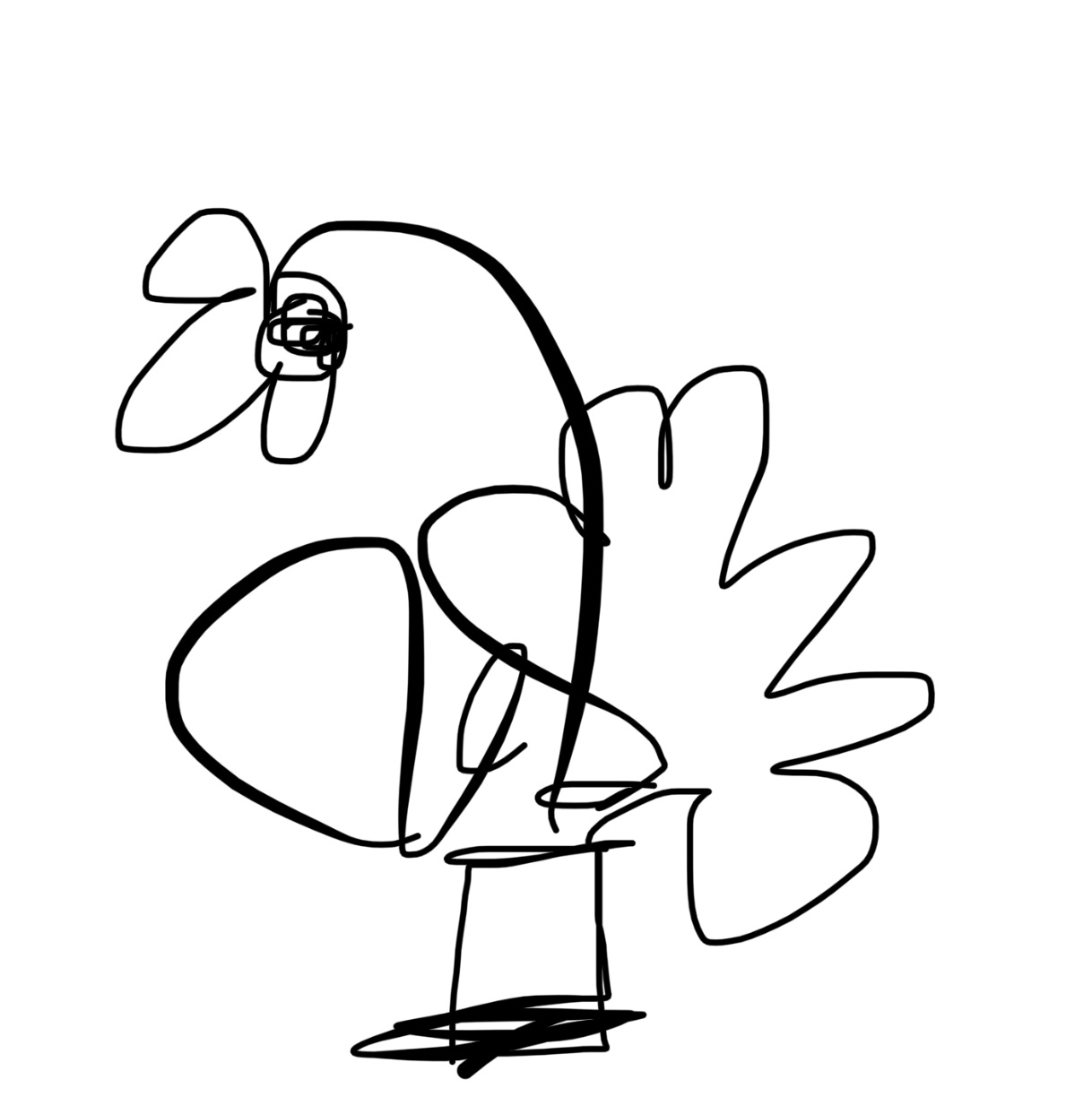Fatigue can sit on the flame of passion.
I was talking to my daughter about this last night. She’s reading How to Write One Song by Jeff Tweedy. She’s enjoying it, but found his insights about inviting inspiration questionable. Most of the time, Tweedy says, inspiration has to be invited.
I put myself in her shoes. She’s 14. Boundless energy and enthusiasm. I remember being younger - waking up with a line for a poem. Sometimes creative inspiration is spontaneous, a lightening bolt.
Most of the time, however, or perhaps what inspiration tends to looks like as you get older and have more responsibilities tugging on your time, you have to invite it in. You have to sit down and say, here I am. What have you got for me?
A lot creatives swear by this. The “butt in chair” method as writer, Anne Lamott, talks about. How to write: Butt in chair. Start each day anywhere. Let yourself do it badly. Just take one passage at a time. Get butt back in chair.
Writer, Steven Pressfield, subscribes to this method as well. You can hear him talk about it here—the difference between being an amateur and a pro for Pressfield is all about the daily-grind-butt-in-chair of it all.
Lightening strikes when you just sit down day after day after day and you finally forget about the lightening—then it happens, he says.
I subscribe to this to an extent as well. I don’t need my butt in a chair, but I need my head to be in a good space. Sometimes that means butt in chair. Sometimes it means going for a drive, a walk, a run. Sometimes it means sitting in the sun on my front porch.
The point? And this is what I told my daughter … everyone is different. There’s no one way to inspiration. What’s important is finding what works for you and sticking with it. Getting yourself in a place where that spark of passion can become a roaring fire.
+ + +
The best art—or the aim of the best art— is to just let it be. You know, we should just let things happen that want to happen, you know, it’s not about making something happen, but about allowing something to take place.
—Richard Tuttle, artist
+ + +
Heroes…are not only people who grow and change and take their journeys; they also are agents of change…The hero’s task always has been to bring new life to an ailing culture.
Heroism today requires us all to find the treasure of our true selves and to share that treasure with the community as a whole—through doing and being fully who we are.
—Carol Pearson, depth psychologist
+ + +
Ojai! Our next Ojai Creatives Meetup is next week. I wrote a little about what this project means to me here. See you Thursday??
⫸ Website + Instagram + Donate
⫸ Email : hi@joceaucoin.com or reply to this email
⫸ Snail Mail : 509 North Ventura Street, Ojai, CA, 93023







I'm wondering if there's not maybe two parts to the creative work. I get the "butt-in-chair" commitment to doing the work, but as I was reading this (particularly your thoughts on sometimes needing to go for a walk or a drive), I couldn't help thinking about at least part of the creative act as being one of response to the things that stimulate our thoughts. There has to be some time spent with our butts out of the chair engaging with the people and the world around us collecting thoughts, memories, conversations, feelings, images, etc. that inform the creative work.